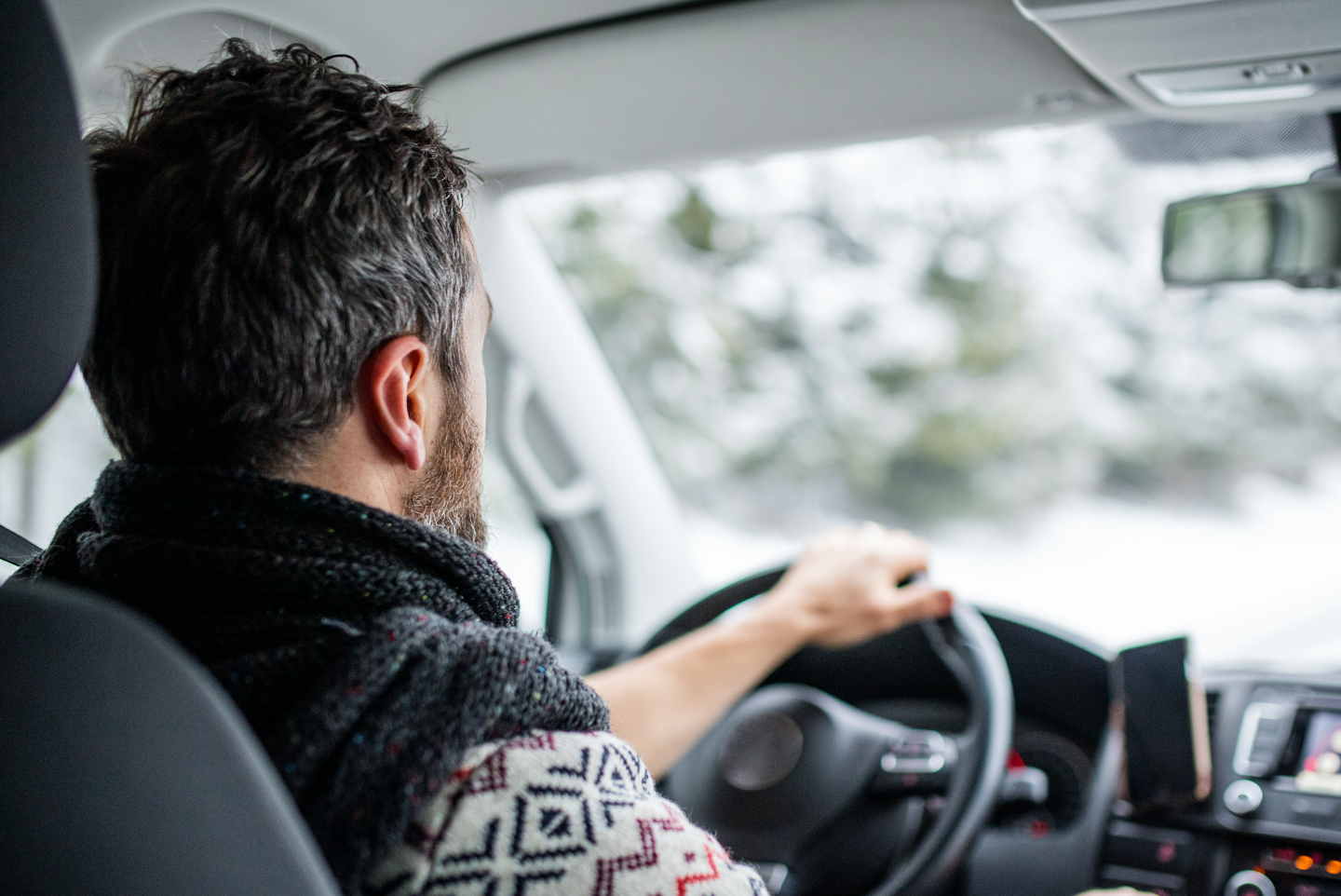Good vibes and scenic drives: tips for driving national parks
April 6, 2023
In the U.S. there are
63 named national parks and of those, three are located in Arizona. With 4.7 million folks visiting Grand Canyon National Park in 2022, the importance of staying safe on the road in national parks can make or break your time in nature.Here to make sure you don’t lose your terrain of thought (pun intended), our team at HiRoad is going to share tips for driving in national parks to make your trip tree-mendous (we can’t resist!)
Plan ahead when driving national parks
Like any other road trip you take, planning is key when visiting national parks. One helpful habit to get into is researching the park you’re visiting and its roads. Depending on the time of year or construction projects, roads may be closed or limited to certain types of vehicles.
Another helpful tip is to be aware of current driving conditions within national parks and make note of good places to park or pull over—some areas may or may not allow parking along the road, so make sure you find areas where parking is accepted.
Last plan ahead tip? Consider what time of year and day you’ll be driving to the park. You may encounter more traffic during warmer months or on weekends when folks have more flexibility and time to visit.
Go the speed limit
Typically when you visit a national park, you’ll encounter slower speeds than what you’re used to—that’s on purpose. A lower speed limit is often set to account for other types of transportation like bicycles, pedestrians and of course wildlife.
Speeding—whether it’s in or out of national parks—is a dangerous driving behavior that may lead to consequences like a ticket or accident. In parks, like the Grand Canyon, where there’s a lot of ground to cover, you may want to speed because you feel you’re saving time.
We wrote on the subject of speeding and saving time, and you’d be surprised to know that you’re not
really saving a whole lot of time by going over the speed limit.Many roads in national parks have been unchanged other than routine maintenance in hundreds of years. They're often narrower with steep curves—definitely not your typical interstate highway. By slowing down and taking your time, you’re able to enjoy your experience and navigate roads safely.
Look out for wildlife
Two things you’ll typically find driving national parks: people and animals. It can be easy to become distracted by wildlife. For example, in Arizona parks you may stumble across desert bighorn sheep, road runners, coyotes, condors and deer.
Although many wildlife are known to steer clear of roads, there may be times when you are driving national parks and encounter an animal on the road. If you experience this, give the furry friend some distance and wait for the animal to cross safely.
Similar to how you give pedestrians the right-of-way, wildlife is the same. Remember, you’re a guest driving through their home.
Share the road with all travelers
Visit any national park and you’ll likely encounter an array of transportation being used—from micromobility options like e-bikes to the family RV. Whether you’re behind the wheel of your favorite motorcycle or riding in your sedan, it’s important to know how to share the road with different types of transportation.
When you’re driving in national parks, if you encounter others who are putting the pedal to the metal, pull over when it’s safe to do so and let them pass. The National Park Service (NPS) has some helpful things to keep in mind as you share the road with other travelers:
Give bicycles and motorcycles a following distance of 3 to 4 seconds
Check your mirror and blind spots before merging, turning or switching lanes
Pay special attention during storms or in nighttime conditions
Be prepared and stay focused
Because national parks are vast and are known to have remote areas, staying prepared for unexpected moments can go a long way if you’re in a bind. Here are items to keep in your ride that can help in emergencies:
First aid kit
Food and water
Extra clothing
Blanket
For other emergency kit essentials, take a look here. As you travel in these parks, especially if you’re visiting for the first time, there’s a lot to see and do—which can quickly become distracting. In parks, it’s important to stay alert and be focused while driving.
We can’t think of a better place to recognize and reward you than on your Arizona national park road trips. As you drive with the HiRoad app at slow speeds and while distraction-free, you could be rolling in the monthly savings on your car insurance bill.
Get outside today and enjoy life on the open road.
The information in this article was obtained from various sources not associated with HiRoad®. While we believe it to be reliable and accurate, we do not warrant the accuracy or reliability of the information. HiRoad is not responsible for, and does not endorse or approve, either implicitly or explicitly, the content of any third party sites that might be hyperlinked from this page. The information is not intended to replace manuals, instructions or information provided by a manufacturer or the advice of a qualified professional, or to affect coverage under any applicable insurance policy. These suggestions are not a complete list of every loss control measure. HiRoad makes no guarantees of results from use of this information.
Stay on the path
Get HiRoad in your inbox
Share your email to get the latest about our community of mindful drivers.



